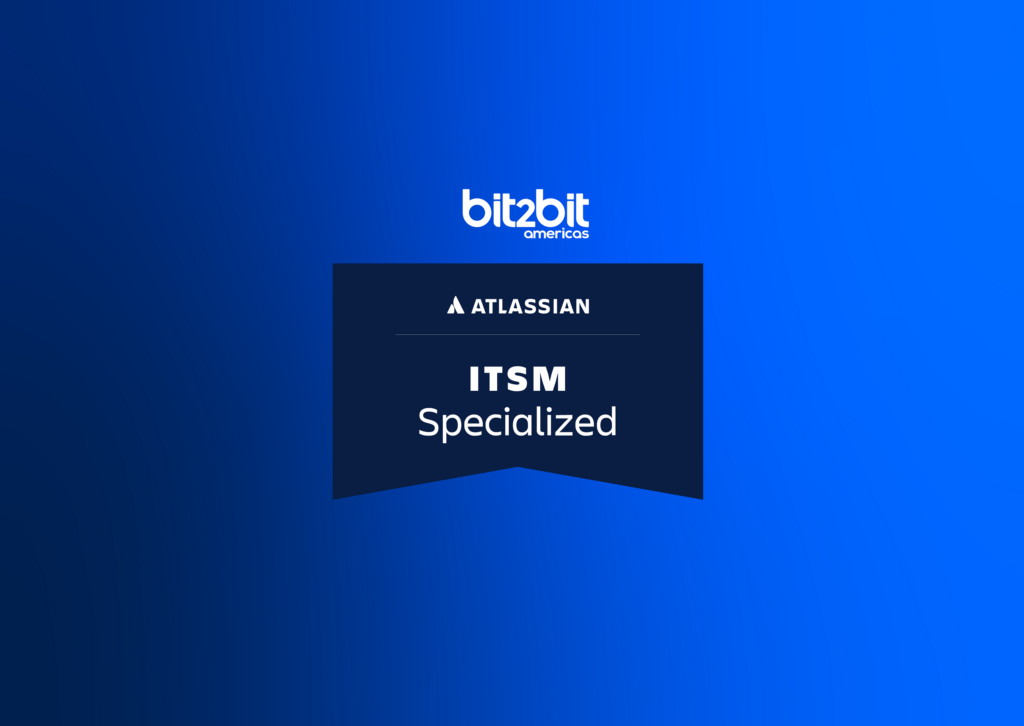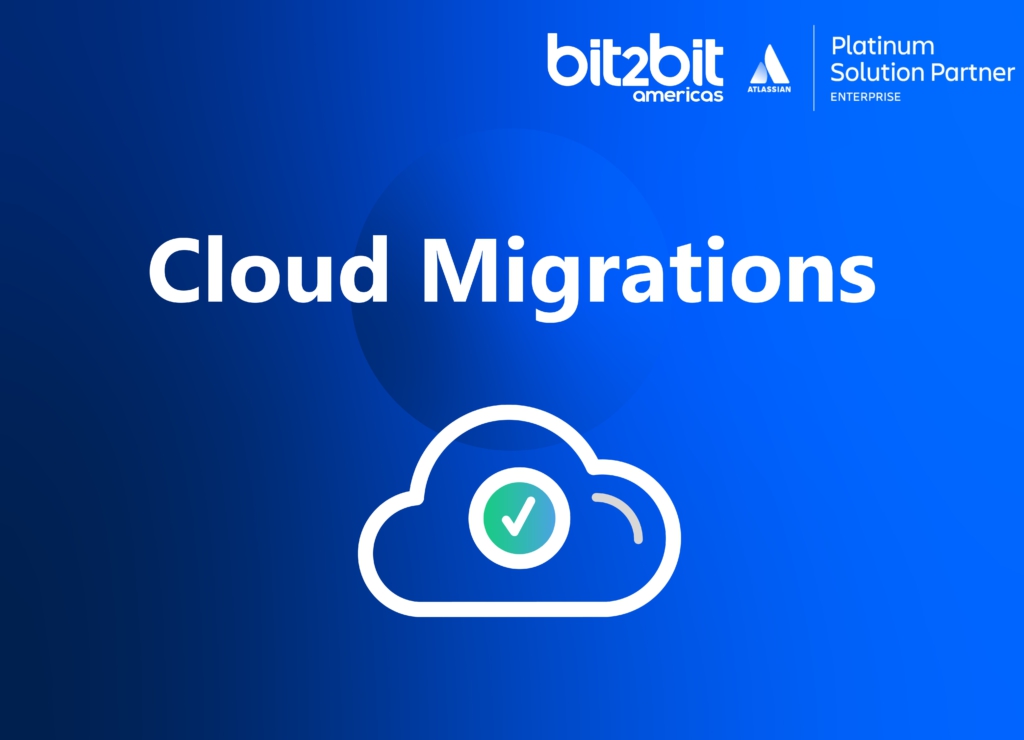Atlassian Cloud

It’s time to migrate to Cloud Contact Us With the end of Atlassian Server support, it’s time to create your migration plan to Atlassian Cloud. Let’s go over the basics of what you need to know and how to plan the next steps. Why migrate to Cloud with bit2bit Americas? As a Platinum Solution Partner […]
DevOps
We advise the adoption of the DevOps approach, generating maximum agility in all phases of the technological solutions development cycle.
ITSM
We evaluate, execute and train the implementation of the processes related to IT Service Management (ITSM).
Software Development
We identify needs and then advise and build innovative solutions that allow our clients to achieve their business objectives.
Cloud Services

We evaluate the company’s current infrastructure and execute successful initiatives of cloud migration and administration of the cloud infrastructure.
Atlassian Services
We perform assessments, advise on licensing and subscription issues, install, implement solutions, train, support, migrate from other technologies to the Atlassian platform, migrate from one edition to another, etc.
Software licensing and subscriptions
We advise our clients on their needs for the acquisition and renewal of licenses and subscriptions.
